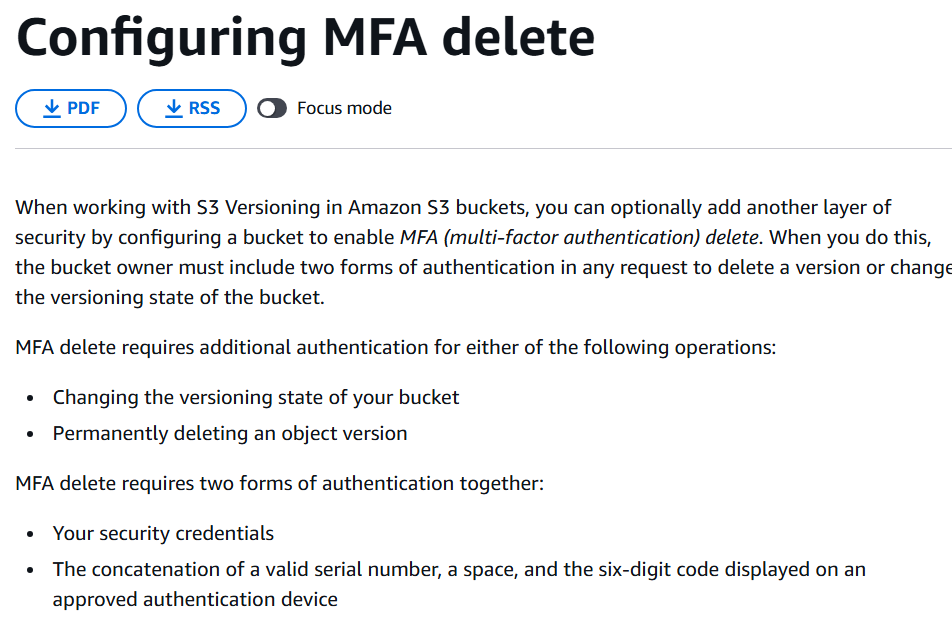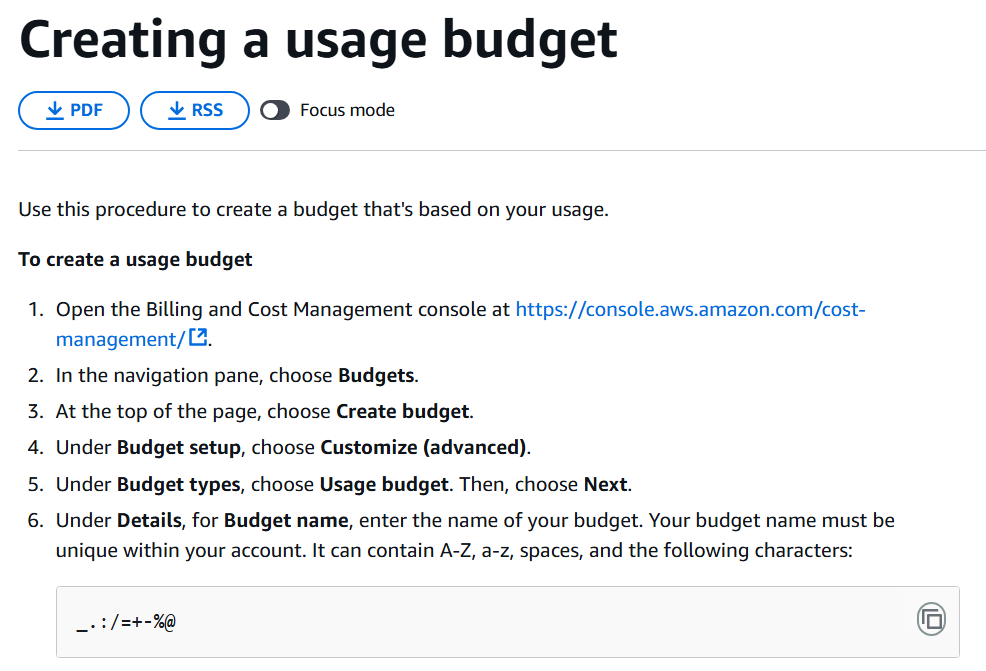Why Hiring Cheap Developers and Over-Reliance on AI Will Cost You More Than You Save
 NAMAN SINGHAL
NAMAN SINGHAL
As a developer with real life experience in building critical systems for Securities and Exchange Board of India (SEBI) that scale and withstand real-world chaos, I’ve firsthand seen how everyone is trying to replace developers with AI tools. But you should know that any corners you cut today can become disasters tomorrow.
The tech industry’s current obsession with replacing seasoned developers with low-cost alternatives, whether offshore teams or AI-generated code, is a gamble that often ends in broken systems, security breaches, and financial ruin. Let me explain why.
AI-Generated Code is A Security Time Bomb
AI tools like GitHub Copilot or Cursor can churn out code faster than any human, but speed means nothing if the output is riddled with vulnerabilities. Take the developer who recently used AI to build a SaaS app. Everything seemed flawless until hackers exploited security holes, hijacked his app, and left mocking messages like “please_dont_vibe_code” on his website. He spent days scrambling to fix issues he didn’t fully understand.

AI has inherent limitations, and it doesn’t understand the code itself. It just tries to copy the most frequently used solution, which was available in its database, regardless of whether it is applicable to you or not. Additionally, AI-generated code often relies on outdated libraries, ignores input validation, and skips authorization checks.
This makes AI generated code susceptible to vulnerabilities which often results in leaking payment data and personally identifiable information (PII), all of which can have legal consequnces.
The High Price of Cheap Labor
Hiring developers solely because they’re inexpensive is like buying a parachute made of tissue paper. You might save money upfront, but the fallout will dwarf those savings. Consider Adarsh Developers, a real estate giant that lost six years of financial records, customer data, and operational insights after migrating to AWS. Their complaint alleges that AWS representatives oversold the platform’s reliability, leading to a ₹150 crore loss and an inability to pay taxes or collect payments.
While AWS denied responsibility, the root issue is clear: inexperienced teams often lack the expertise to architect resilient systems, validate vendor claims, or implement proper data redundancy.
As an AWS-certified developer, I have several ideas on how this could have been avoided:
- I would have implemented MFA Delete on the S3 bucket. This means any permanent deletion of object versions or changes to bucket versioning would require multi-factor authentication. The x-amz-mfa request header becomes mandatory, adding an extra layer of security that prevents unauthorized deletions.

I would have also configured a cross-region replication with versioning enabled, ensuring that even if a deletion occurs, we maintain multiple copies of critical data. By configuring lifecycle policies, I would create immutable backups that cannot be accidentally overwritten or deleted.
I would create granular IAM roles with least-privilege principles. For instance, developers would get read-only access to production buckets, with specific service accounts having limited write permissions. This prevents broad access that could lead to accidental data destruction.
Enabling AWS CloudTrail and S3 access logging would provide a complete audit trail. I'd set up CloudWatch alerts for any suspicious deletion attempts or unauthorized access, giving real-time notifications about potential data risks.
On top of all this, I would have also prepared a disaster recovery plan with point-in-time recovery options, ensuring we could quickly restore data from a specific moment before any potential data loss event.
When Cloud Cost Savings Backfire
Cloud platforms promise flexibility, but without guardrails, costs can spiral out of control. A startup learned this the hard way when a recursive function in their Google Cloud Run scraper triggered infinite loops, spawning thousands of instances and racking up a $72,000 bill in two hours. In this particular instance, Google waived the fee, but most companies won’t get that lifeline.

As a cloud expert, I've got a bunch of certifications from Azure and AWS. Here's how I would have dodged that mistake:
I know budgeting inside out: I've studied how to set up alerts for when we're spending too much on Google Cloud and AWS. This means I can keep an eye on costs before they get out of hand.
I set budgets: On both platforms, I make sure we have a budget in place. This helps me know when we're close to spending too much.
I test changes first: Before I change anything in the real system, I do a small test run, called a canary build. This lets me see if there are any problems before it affects everyone.

Cheap developers? They’re more likely to copy-paste AI-generated code without understanding how resource allocation or autoscaling works.
Conclusion: Invest in Expertise, Save Millions Later
AI and offshore teams can handle boilerplate tasks, but they can’t replace the nuanced judgment of experienced developers. When security flaws emerge, when cloud costs explode, or when vendors make empty promises, you need someone who’s fought these battles before. They’ll spot vulnerabilities in AI outputs, architect fallback systems, and negotiate with providers from a position of knowledge, not desperation.
Every dollar saved by hiring cheap talent or relying blindly on AI risks costing you tenfold in breaches, outages, or legal fees.
If you’re a recruiter or founder reading this: ask yourself whether the short-term savings justify losing customers, data, or your company’s reputation. Hire developers who’ve shipped systems that survive real-world chaos.
Want more insights on building resilient tech?
Sign up for my blog to get weekly deep dives on system design, security, and avoiding costly mistakes.
Subscribe to my newsletter
Read articles from NAMAN SINGHAL directly inside your inbox. Subscribe to the newsletter, and don't miss out.
Written by

NAMAN SINGHAL
NAMAN SINGHAL
I have a Bachelor's degree in computer science from University of Delhi and I like to work on small open source projects from time to time.